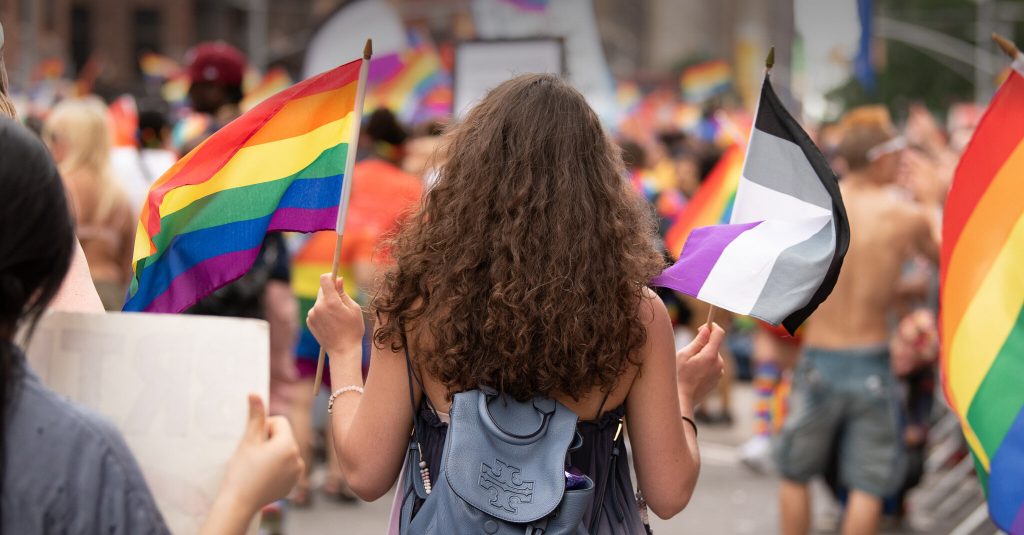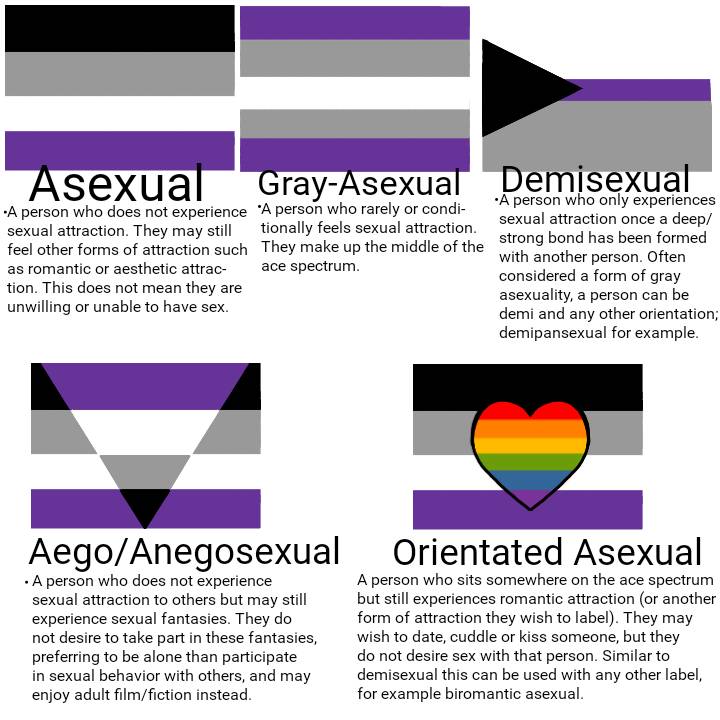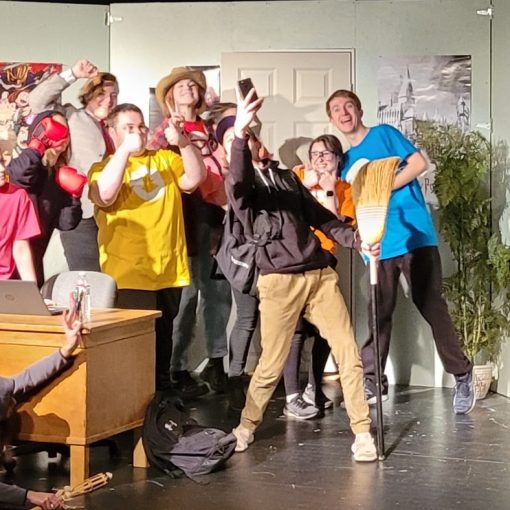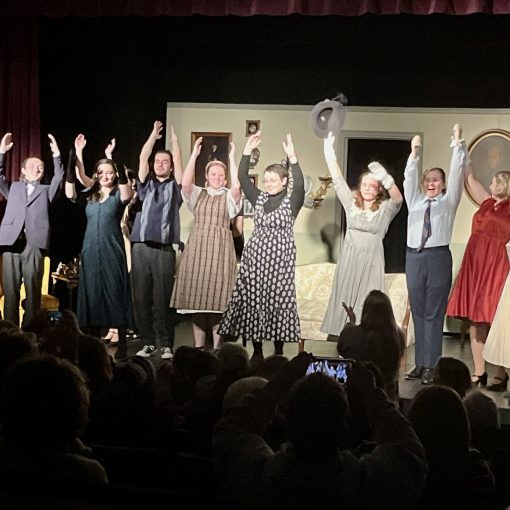
The last week of October was Asexual Awareness Week, and even though it has passed, awareness about asexuality is important.
Asexuality is often a sexual orientation that gets overlooked. It comes from the oversexualization of society and the LGBTQ community more specifically.
Often, arguments against same-sex couples center on, “I don’t want my children to be subjected to that,” characterizing them as something “dirty” or that queer relationships are only about sex. This oversexualization — or, in many cases, fetishization — of the community leads to asexuality being ignored or deemed as unreal.
Asexuality is a spectrum. Many people in the community may refer to themselves as “ace” rather than a specific identity under the umbrella. Just like any spectrum, there are two sides — asexual, someone who feels little to no sexual attraction, and allosexual, someone who does feel sexual attraction with identities in between.
Other asexual identities include demi-sexual, which is someone who doesn’t feel sexual attraction until a very strong relationship is established; and gray-asexual (gray-ace), which is someone who sometimes feels very little or no sexual attraction and sometimes feels sexual attraction or feeling sexual attraction with no desire to act on it. There are other specific identities under the asexual umbrella.

The asexual pride flag is a four-colored flag of black, gray, white and purple. There are flags for identities under the spectrum as well; some have the same color scheme, some may not. The asexual flag was created in 2010 through a contest among ace people held by AVEN, the Asexual Visibility and Education Network.
The black of the flag represents asexuality in general. The gray represents gray-ace and demisexuality as well as other identities under the umbrella. The white represents nonasexual (allosexual) partners and allies, and the purple represents community.
A symbol among the ace community is wearing a black ring on your right middle finger. It is a symbol for personal pride that may be subtle, or a way for other aces to identify one another.
There are many types of attractions, such as sexual attraction, the desire for sexual contact or showing sexual interest in others; romantic attraction, the desire for romantic contact or interactions with others; aesthetic attraction, appreciating the appearance of beauty of another separate from sexual or romantic attraction; sensual attraction, the desire to interact with people in a nonsexual, tactile way such as hugging or cuddling; emotional or platonic attraction, the desire to get to know someone, typically because of their personality and not because of their appearance; and intellectual attraction, the desire to interact with someone in an intellectual way, which has to do with how someone thinks, not the person themselves.
A common misconception of asexuality is that ace people don’t want romantic relationships or don’t like physical contact. Everyone is different. Some ace people don’t want sexual or romantic relationships; they would be considered aromantic asexual or aro-ace. Some ace people do feel romantic attraction because romantic and sexual orientation can be separate.
For example, I identify as homoromantic asexual or an ace lesbian. The same answer stands true for asexuals disliking physical contact. Some asexuals are what’s called “sex-repulsed” in which they have no desire to interact in sexual activities at all. Some are “sex-indifferent”; they feel no certain way about sex. Some may participate in sexual interraction and some may not. Lastly, an asexual person may be “sex-favorable” in which they are an asexual person who still has sex.
Libido varies from person to person. The same goes for ace people. Some may have a libido and some may not. Some ace people like physical contact such as kissing and cuddling, and others don’t. Again, it really depends on who the person is and what they deem as sexual contact or not.
Everyone, no matter their orientation, may like some things and dislike other things. That’s how humans work. It’s important to speak to your partner about their boundaries no matter what relationship you’re in, especially in an asexual relationship.
Many people think a person has to be a certain age to identify as asexual, but that is untrue. It is understandable to not figure it out until later. Many aces don’t start to realize until they are subjected to something sexual, whether it be media, language, or interactions. People try to invalidate ace identities by using the argument that they can’t possibly know because they’ve never had sex, but it’s possible to know something about yourself before experiencing it. It’s like knowing you don’t like crowded spaces, even if you haven’t been in any. You know enough about yourself to understand you’d react negatively in that situation.
Unfortunately, people on the ace spectrum are at risk of sexual assault on account of their identity. It’s a common perpetuation that ace people are “broken” and “need to be fixed.” That can lead to “correctional” assault, which is a form of abuse often used against queer individuals.
According to the 2015 Asexual Community Census, about 35.4% of ace people in the survey reported experiencing sexual contact that was not consented to, and 50.6% of the ace respondents reported experiencing sexual violence with their partners.
Ace Week was founded in 2010 to spread information about the ace community’s existence, and now it raises awareness about the challenges that ace people face in places such as invalidating health care systems, ambiguous legal protections and risks of sexual assault.
About 1.7% of the U.S. population identifies as asexual, which is about 5,670,952 people. The percentage of people with red hair in the U.S. can range from 2% to 6% of the population, so chances are if you know someone with red hair, you may also know a person who identifies somewhere on the ace spectrum.
Overall, no two ace people are the same. Just like anyone you know, we’re all unique. If you are questioning, there’s no rush, take your time. Try out a label. If you don’t like it, that’s OK. Everyone’s journey is different. It’s important that we are tolerant of people trying out new things and seeing what they’re comfortable with as well as being respectful to what people are not comfortable with.
If you identify as ace, you are valid, you are not broken and you are seen. It can be hard finding a piece of yourself and having no one to share it with, but you are not alone.




